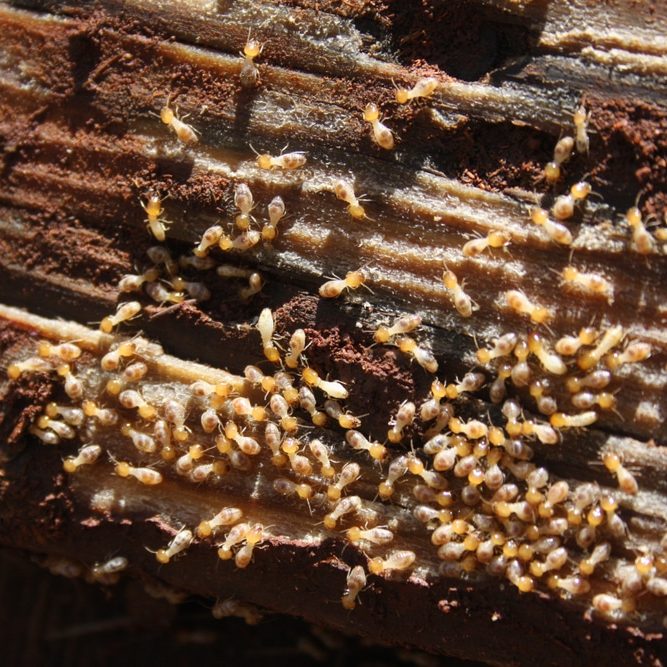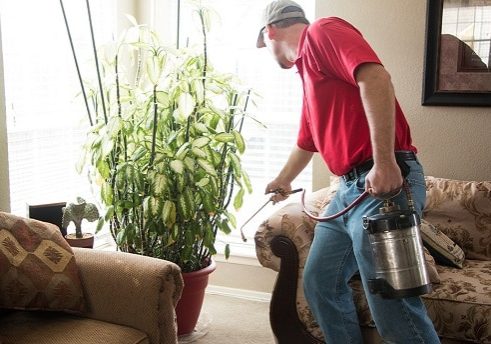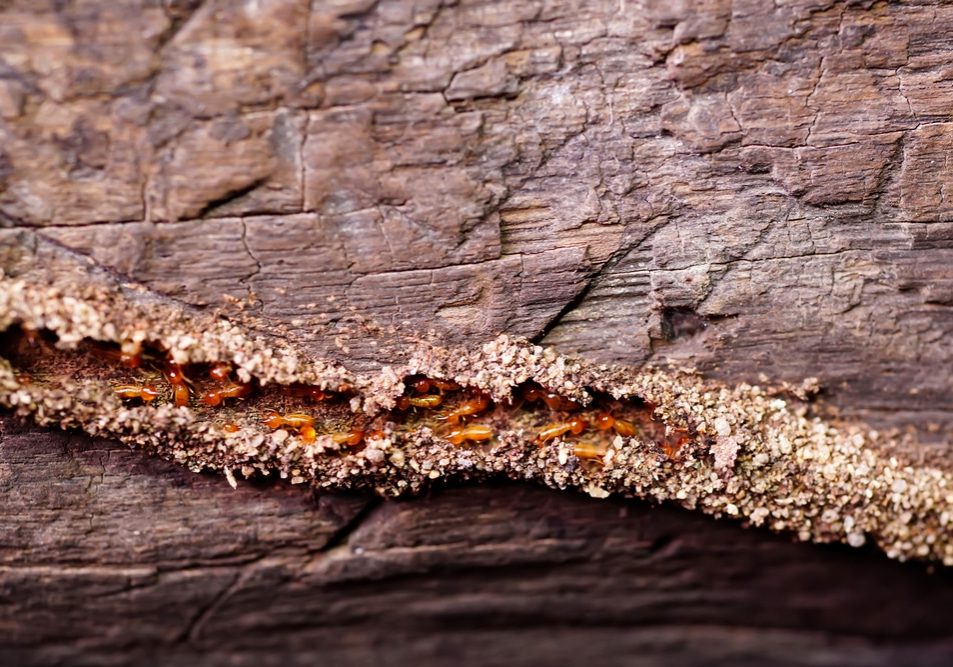As the seasons change, homeowners begin to focus on maintaining the beauty and integrity of their homes. One of the more insidious threats to your property comes from a silent intruder: termites. Often referred to as "silent destroyers," these pests can cause extensive damage before you even realize they’re there. Understanding how to prepare for termite season and recognizing the signs of infestation can save you significant heartache—and expense—down the line.
Understanding Termites
Termites are small, wood-eating insects that play a crucial role in breaking down cellulose materials in the environment. However, when they invade homes, they can lead to catastrophic structural damage.
Types of Termites:
-
Subterranean Termites:
These are the most common type in the U.S. They live in soil and build tunnels to access wood.
-
Drywood Termites:
These termites live inside the wood they consume and do not require contact with soil.
-
Formosan Termites:
A highly destructive species, they can form large colonies and are known for their aggressive behavior.

Reproductive Habits: Termites are social insects living in colonies, where a queen lays thousands of eggs. This means that an infestation can grow rapidly if not detected early.
Why Early Detection Matters: Catching a termite infestation early can save homeowners from costly repairs. According to the National Pest Management Association, termite damage costs U.S. homeowners roughly $5 billion annually. Awareness and vigilance are key to prevention.
Common Signs of Termite Infestation
Recognizing the signs of a termite infestation is crucial in taking prompt action. Here are some common indicators to keep an eye out for:
- Hollow-Sounding Wood: Tap on wooden structures—if the sound is hollow, there might be termites inside.
- Cracked or Peeling Paint: Damaged wood caused by termites may also lead to paint blisters or cracks.
- Termites build mud tubes to travel between their nests and food sources. These tubes can be found in basements, crawl spaces, or along exterior walls.
- Location Check: Inspect areas where soil meets wooden structures, as this is a prime spot for mud tube formation.
- During warmer months, especially following rainfall, mature colonies produce swarmers to establish new colonies.
- Identifying Swarmers: Look for discarded wings near windowsills or entrances; swarmers shed their wings after finding a suitable location to reproduce.
- Bubbling or blistering paint can indicate moisture from termites feeding underneath the surface.
- Check drywall for signs of distress, such as softness or discoloration.
Certain environmental factors can increase the likelihood of termite infestations:
- Excess Moisture: Termites thrive in damp environments. Areas with poor drainage or high humidity hold more risk.
- Proximity to Wood Structures: Wood piles, outdoor furniture, and fences create ideal habitats for termites.
- Seasonal Considerations: Warmer months typically see increased termite activity. Noticing increased swarming or other signs should prompt immediate action.
Being aware of these risk factors will help you take preventive measures to protect your home.
Responding to Signs of Infestation
If you notice signs of termite activity, it's essential to act quickly. Here’s what you should do:
Immediate Actions:
- If you identify mud tubes or damaged wood, do not disturb them, as this can drive termites deeper into the wood.
- Take photographs or notes to document what you've found to share with pest control professionals.
Consult Professionals:
Whenever signs of infestation arise, contact a pest management company. They can perform a thorough inspection and recommend treatments based on the level of infestation.
Importance of Professional Help:
Pest control professionals have specialized tools and knowledge to deal with termites effectively, ensuring comprehensive treatment and preventing future infestations.

At Emtec Pest Control, we are committed to safe and responsible pest control. We understand that your family’s safety is your number one priority, so we make it our priority, too.
If you have any other questions about any of these pests or pest control for your home or business, contact your Oklahoma pest control experts at Emtec Pest Control by calling us or by filling out our online contact form.

